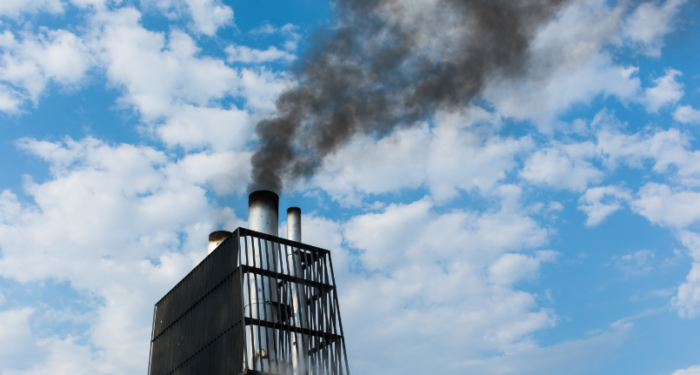A sharp increase in the deployment of carbon capture, utilization and storage (CCUS) technology is needed worldwide if countries want to meet net-zero emissions targets and slow climate change in line with Paris Agreement, the International Energy Agency (IEA) said on Thursday.
The Paris Agreement was signed in December 2015 by 195 nations, who have pledged to try and keep the global warming below 2 degrees Celsius above pre-industrial levels, and pursuing efforts to limit it to 1.5 degrees.
Alongside electrification, hydrogen and sustainable bioenergy, CCUS will need to play a major role, as it is the only group of technologies that contributes both to reducing emissions in key sectors directly and to removing CO2 to balance emissions that cannot be avoided – a critical part of “net” zero goals, a new IEA report reads.
After years of slow progress and insufficient investment, IEA says, interest in CCUS is starting to grow. Plans for more than 30 commercial facilities have been announced in the last three years. And projects now nearing a final investment decision represent an estimated potential investment of around USD 27 billion – more than double the investment planned in 2017.
This portfolio of projects is increasingly diverse – including power generation, cement and hydrogen facilities, and industrial hubs – and would double the level of CO2 captured globally, from around 40 million tonnes today.
See also: Biofuels, ammonia, hydrogen meet over 80% of fuel needs for shipping in 2070, says IEA
According to the ‘CCUS in Clean Energy Transitions’ report, CCUS technologies contribute to clean energy transitions in several ways:
- Tackling emissions from existing energy infrastructure. CCUS can be retrofitted to existing power and industrial plants that could otherwise emit 600 billion tonnes of CO2 over the next five decades – almost 17 years’ worth of current annual emissions.
- A solution for some of the most challenging emissions. Heavy industries account for almost 20% of global CO2 emissions today. CCUS is virtually the only technology solution for deep emissions reductions from cement production. It is also the most cost-effective approach in many regions to curb emissions in iron and steel and chemicals manufacturing. Captured CO2 is a critical part of the supply chain for synthetic fuels from CO2 and hydrogen – one of a limited number of low-carbon options for long-distance transport, particularly aviation.
- A cost-effective pathway for low-carbon hydrogen production. CCUS can support a rapid scaling up of low-carbon hydrogen production to meet current and future demand from new applications in transport, industry and buildings.
- Removing carbon from the atmosphere. For emissions that cannot be avoided or reduced directly, CCUS underpins an important technological approach for removing carbon and delivering a net-zero energy system.
We need to take urgent steps to ensure CCUS is available to contribute to net-zero goals. A major ramp-up of CCUS deployment is required in the next decade to put the global energy system on track for net-zero emissions,
…IEA notes.
Governments have a critical role to play through policies that establish a sustainable and viable market for CCUS, the report suggests.
But industry must also embrace the opportunity. No sector will be unaffected by clean energy transitions – and for some, including heavy industry, the value of CCUS is inescapable. Oil and gas companies have the engineering expertise, project management capabilities and financial resources to drive CCUS development and deployment.
Four high-level priorities for governments and industry would accelerate the progress of CCUS over the next decade:
- Create the conditions for investment by placing a value on reducing emissions and direct support for early CCUS projects
- Coordinate and underwrite the development of industrial hubs with shared CO2 infrastructure
- Identify and encourage the development of CO2 storage in key regions
- Boost innovation to reduce costs and ensure that critical emerging technologies become commercial, including in sectors where emissions are hard to abate and for carbon removal.
































































